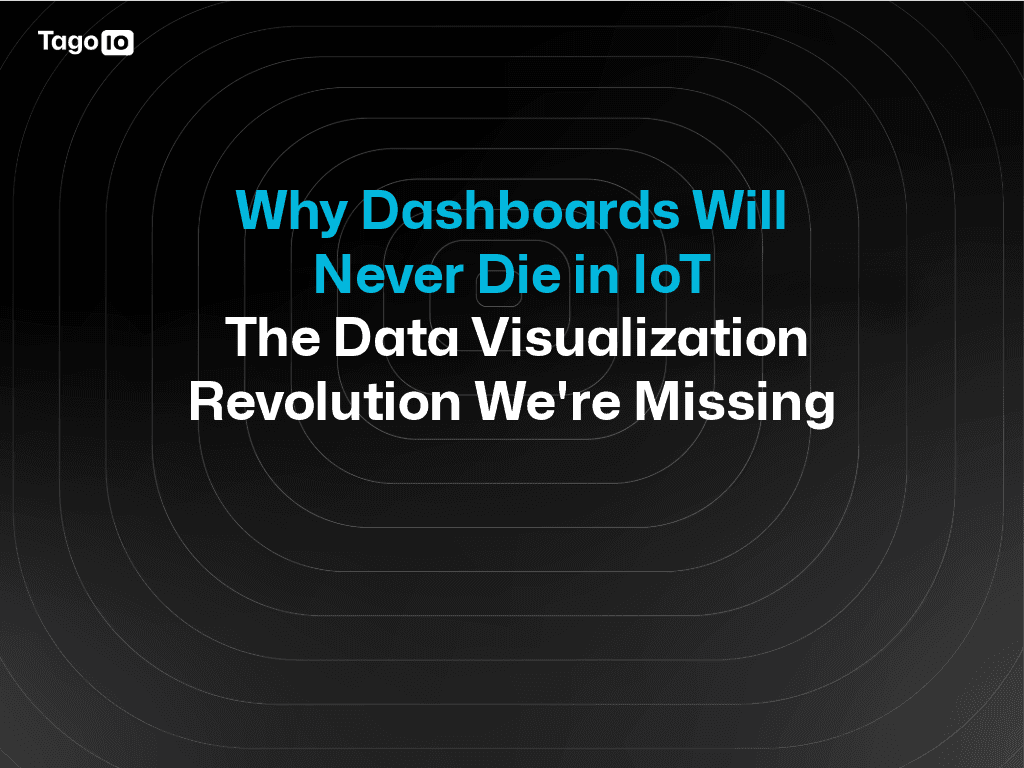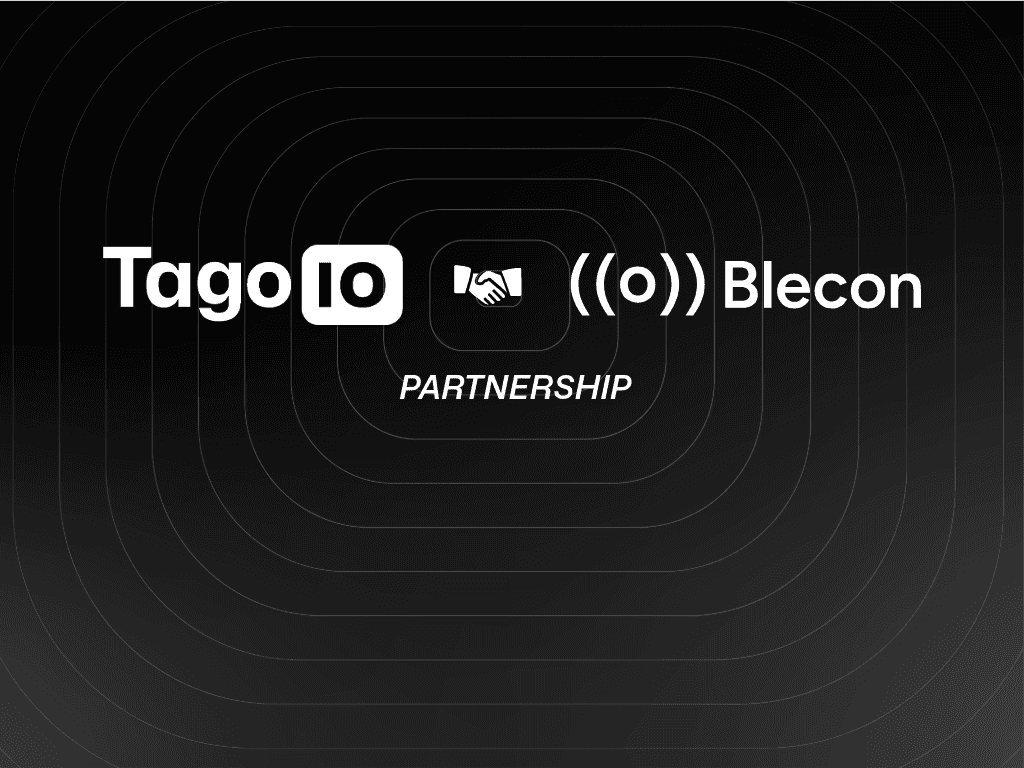Blog
Tech Insigths
Edge computing vs cloud computing; What are the differences?
Learn the differences and use cases of edge computing and cloud computing for IoT environments. Explore the benefits and limitations of each option.

TagoIO Team
Jun 14, 2022



Initially, everyone put all of their IoT solutions on the cloud, saying it was the best thing they could ever do! Now, however, the new trend seems to be moving to the edge, but why is edge computing so popular?
What makes these trends so difficult to analyze and truly interpret is because these ideas — whether we’re talking about the cloud or the edge — are not simply quickly fading fads that enterprises and individuals switch out when one becomes more popular; they each have their own scenarios in which they shine, and where they don’t. It then becomes much more reasonable to look at certain scenarios, one at a time, and make the distinction of what works best.
For example, there are many advantages to moving your IoT solution closer to the edge of the network including lower latency, privacy, and costs in some cases. However, it’s important to also consider all of the factors before deciding where to place your application’s intelligence.
In this article, we’ll look at the differences between edge computing and cloud computing, as well as show you a little bit about fog computing. So, come with us and we hope to help you to identify if you should keep your IoT solution on the edge, or send it to the cloud!
What is Edge Computing?
First of all, it’s important to know what edge computing is. Edge computing is a distributed computing paradigm that brings computation and data storage closer to the location where it is needed, to improve response time and save bandwidth. Edge computing applications are often deployed in devices at the “edge” of a network, such as sensors, cell towers, and industrial robots.
Use cases for edge computing in IoT
Most cases where you see IoT applications using edge computing happen when the time of response is critically important, and this then becomes one of the main reasons to utilize edge computing. Also, there are cases where the data collected by an IoT device needs to be processed locally for privacy reasons before it is sent to the cloud. And last but not least, there are also economical reasons to use edge computing in IoT solutions, especially on an AI application where the seconds bought with edge can be crucial.
– AI aplications: AI IoT applications often require low latency and high performance, which are two advantages of edge computing. Edge devices can process data faster than cloud services, all while providing a higher level of privacy and security.
The cost also is a big difference, notably if you need to process large amounts of data in real-time, where then the cost of building an edge computing environment becomes cheaper than paying for the additional bandwidth.
– Distributed systems: Even if your application is in the middle of the pacific ocean or in the desert, you can still use IoT with edge computing since you won’t need to send your data to the cloud to be processed. All the processes can, and in fact many times, should be performed locally so that it is available anytime in any location. In some cases, the edge can scale to a large number of sites, distributed in different locations.
Challenges for Edge computing in IoT
However, there are still some challenges to be faced when talking about edge IoT solutions, especially as the infrastructure required can be quite expensive and complicated to manage. Included in the state of the edge report 2021, we see the following: “Tremendous infrastructure investments are needed to support the growing device and infrastructure edge demand. We estimate that between 2019 and 2028, cumulative capital expenditures of up to $800 billion USD will be spent on new and replacement IT server equipment and edge computing facilities. These expenditures will be relatively evenly split between equipment for the device and infrastructure edges”.
Businesses need to consider the resources needed to maintain and manage the edge computers that can be located in the different and remote areas. Some distributed remote micro data centers integrated with the edge computers can be just as resource-intensive as those required by bigger and more centralized data centers.
What about cloud computing?
There are many advantages to cloud computing IoT, including the ability to scale resources quickly and easily, pay-as-you-go pricing, and increased flexibility since they can be scaled up or down as needed. These are just some examples of advantages that cloud computing can offer you, but there’s still so much more!
Challenges for cloud in IoT
The challenges faced using cloud computing instead of edge computing, or fog computing, include higher latency as a result of the data having to travel further to and from the cloud server, security problems since your data will be going through the internet where it can be intercepted, and you also need a constant internet connection to be able to use it.
IoT solutions in the Cloud
IoT solutions are being used more and more in cloud-based applications mainly because of the benefits that cloud-based applications offer, such as scalability, flexibility, and low latency.
Showcasing this flexibility, IoT solutions can be used in a variety of ways in cloud-based applications, including:
– Monitoring and managing devices: IoT solutions can be used to monitor and manage devices in a cloud-based application. This includes monitoring device statuses, collecting data from devices, and sending commands to devices.
– Analyzing data: IoT solutions can be used to analyze data collected from devices. This data can then be used to improve the performance of the devices, the application, and the overall system.
– Improving security: IoT solutions can be used to improve security in a cloud-based application. This includes identifying devices that are behaving abnormally and managing access control to devices and data.
Fog computing
Fog computing is a decentralized form of cloud computing. Fog computing nodes are between the edge and the cloud. The main goal here for fog computing is to filter what information is necessary to be sent to the cloud and what is not. Fog also helps to reduce latency since the cloud won’t need to deal with unnecessary data before acting. In another simpler and broader way as defined by the OpenFog Consortium: “Fog-centric architecture serves a specific subset of business problems that cannot be successfully implemented using only traditional cloud based architectures or solely intelligent edge devices.”
Edge computing hardware
As expected, the hardware used to process the information is essential if you want to use edge computing, and as stated in the 10 fundamental computer hardware needs for edge computing: to endure harsh environmental conditions, edge computing hardware must be durable and small, while still needing to have enough storage to keep the data being analyzed. The power range must also be wide to accommodate different power sources, and additionally, the performance requirements of the tasks that the hardware will perform must be met. By meeting these requirements, edge computing can provide a reliable and efficient way to process data.
Some examples of companies that provide those types of hardware are Siemens, Advantech, and AAEON. They all have different types of products that support edge computing. For example, Siemens offers the new Simatic IoT2050 industrial PC, which is designed for edge computing applications; it has a fanless design and can operate in a wide range of temperatures. Advantech offers a complete line of IoT gateways, compact computers, and other systems that are compact, modular and support various connectivity options such as Wi-Fi, BLE, LTE, LoRaWAN, and others. And AAEON, a subsidiary of ASUS, offers a very impressive product line of industrial embedded systems including the SRG-APL, which is a complete industrial IoT gateway that’s ready to go out of the box!
Let's not forget about the Edge computing software
Once you have the hardware you need in place, you need the right software to make it all work together since the most important step for edge computing is real-time data processing. TagoCore is a powerful IoT platform that enables businesses to deploy and manage edge computing solutions and also work on the cloud. With TagoCore, companies can take advantage of the benefits of fog and edge computing, including increased speed, reliability, and security. TagoCore also makes it easy to connect devices and sensors to the cloud, allowing businesses to gather data, all for free on an open-source platform.
An IoT solution can help your business in many ways, however, it’s important to identify if your solution would be better processed on the cloud, edge, or maybe even with a mix of both!

TagoIO Team


